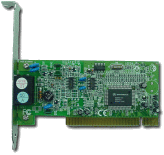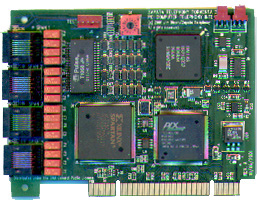

This page shows some of the dumb telephony cards which may be used with the software featured on this site. Dumb doesn't have to mean stupid. With the increasing power of host processors, it is now a sensible design option to load far more of the work onto the host processor than previous generations of CTI cards sould realistically do.
The Tormenta 2 T1/E1 telephony card from the Zapata project:

You can find out more about this hardware from www.zapatatelephony.org. Several companies supply this card, such as Varion.
Sangoma produces a range of analogue and digital port cards. Some are completely dumb. Some offer hardware echo cancellation, to offload one of the most compute heavy tasks from the host CPU. This can provide a good balance for higher port density applications. Shown below are digital port cards supporting 1, 2, 4 and 8 T1/E1/J1 ports.

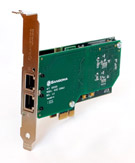
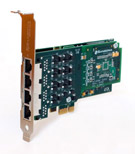
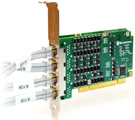
Shown below are analogue (FXO and FXS) port cards. The first supports only 4 ports, but a number of these cards can be stacked for higher desnity. The second card supports 8 ports.
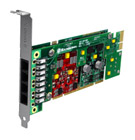
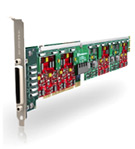
You can find out more about this hardware at www.sangoma.com.
Digium produces a range of analogue and digital port cards. Shown below are the TDM400P(a 4 port FXO/FXS card).The daughterboards determine which ports are FXO and which ar FXS); the TE110P (a single T1/E1/J1 port card); and the TE410P/TE405P (a quad port T1/E1/J1 card).
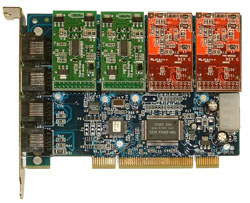
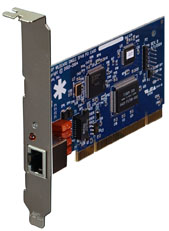
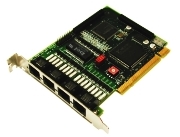
You can find out more about this hardware at www.digium.com.
Openvox is a fairly new Chinese entrant into the market for dumb telephony cards. Shown below are the B400P, a quad BRI port card; the D210P, a 2 port T1/E1/J1 card; the D410P, a 4 port T1/E1/J1 card; and the A1200P, a card offering a mix of up to 12 FXS and FXO ports.
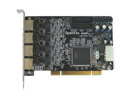
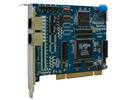
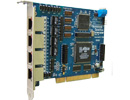
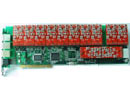
You can find out more about this hardware from www.openvox.com.cn.
Many people ask if they can use a dial-up modem as a telephony interface, and seem shocked when the generic answer is "no", blaming it on various conspiracy theories. The honest answer is genuinely "no" right now, although the full answer is a little more complex.
Dial up modems come in several forms, typically:
The dumb USB and PCI/PCI-E/PCMCIA modems are more interesting from a general telephony point of view. Their hardware is functionally very similar to the FXO analogue telephony cards available from people like Digium and Sangoma. Everything that makes them behave as a modem is in host software, which could be replaced by general purpose telephony software. Most of these devices run at 9600 samples/second when used in modem applications. However, most can be reprogrammed to sample at 8000 samples/second, which is more compatible with general purpose telephony applications.
Today, the only dumb modem devices with a well supported telephony driver are those using the obsolete Intel 536 chip. That driver exists because Digium used to sell a single port FXO card which used this device. However, most of the popular dumb modem devices now have Linux support. The modem code is normally supplied as a binary object. However, the card interface code is normally supplied as source code. It is easy to see how this code might be easily reworked to form a general purpose telephony device driver. All that is lacking is people with the time, skills, and motivation to do that work.
There are many sources for cards using Intel modem interface devices, which may be used with Digium's Zaptel/DAHDI drivers. The build quality of these varies considerably, which has given these cards a bad name. They are, however, quite cheap, and used with a good software echo canceller implementation, like OSLEC, a well made card can give very satisfactory results.
